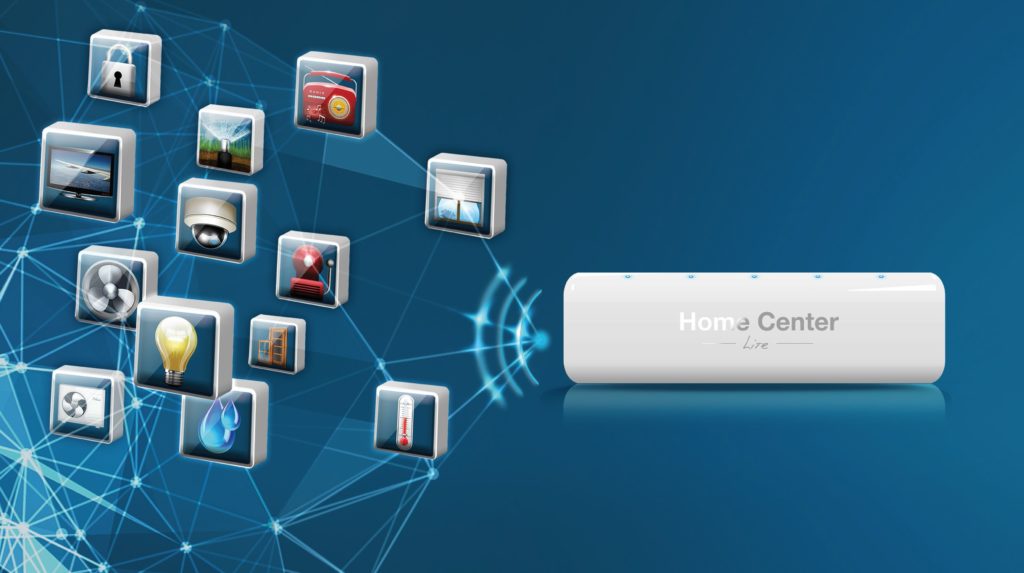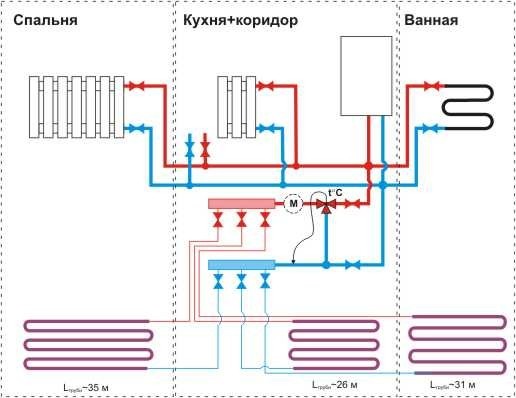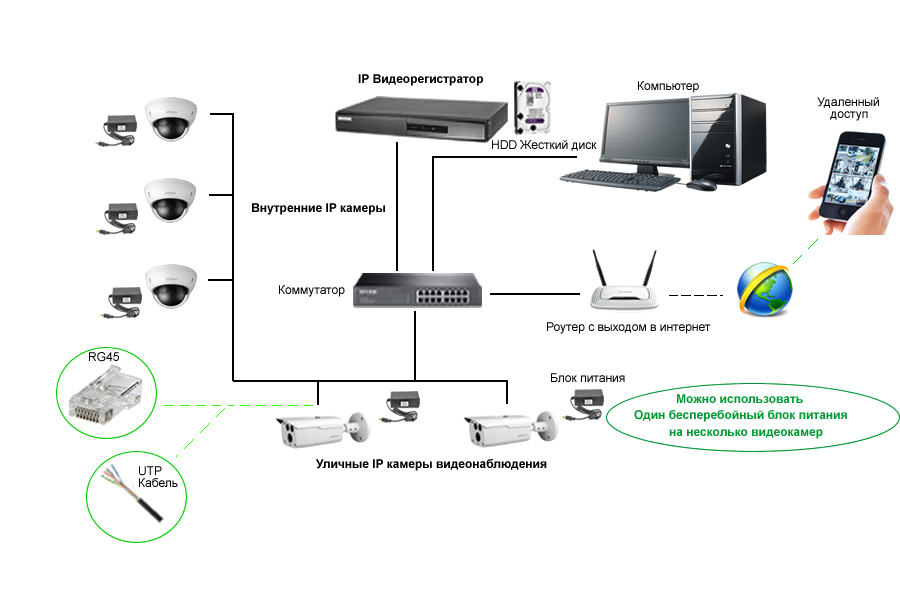Smart home: economical heating of a private house and affordable benefits
Economical heating of a private house as a concept is associated with several options for the technological deployment of systems. In this regard, priority is given to boiler selection and heating technology. But, as a rule, regardless of the type of object, several types of energy sources are used. With their help, the problem of comfortable constant and backup heating of a private house, office or workshop is solved. This ensures its continuity during the selected heating period. This is realized, among other things, with the help of “Smart Home” technology and heating automation. Home automation is varied, and its installation increases the level of comfort.
Energy efficiency of systems: how to choose the right equipment from the available offers
Initial savings may concern equipment selection and his optimal strapping... Various and very versatile offers are available to consumers: from solid fuel, automated gas boilers to automatic pellet boilers, including "clean" heating of premises with infrared heaters. But in practice, even experienced craftsmen have difficulties with independent selection and deployment of a heating system on a specific example. This mainly applies to specialists working with the most common single-circuit systems and gravitational or forced circulation of the coolant. Home automation is rarely used in such solutions, but can improve comfort levels.
Optimization of equipment installation costs precedes the search for options for economical heating of a private house already in operation. The process of preparing and designing a boiler house implies the choice of fuel for heating and optimization of its consumption at different times of the year. In such tasks, everything depends on the specific object, but home automation always helps in solving the problem.
For example, for a private house with an area of up to 100 square meters with supplied gas, it is sufficient to optimize the heating circuits using radiator and room thermostats. Modern gas boilers have built-in climate control, first of all, room temperature sensors and the possibility of weekly programming of the boiler operation. Home automation is now more affordable.
Such a system only requires a backup connection of the heat source. That, first of all, is connected with possible debts for the home owner for gas or control of its consumption. A monoblock (with regulation) electrode or solid fuel boiler can be considered as a backup heat source. Moreover, if a solid fuel boiler is present in the system, then it is usually used analog climate control... Electric boilers are available with digital and analog control.
What is a modern "Smart Home"
Smart home technology is available to us in the form of a developed and multifunctional home automation system, united by one functional control unit. You can access the control of such a system through a touch panel, a computer and remotely using a mobile device. Such automation complexes, obviously, can have different and extensible functionality, often modularly extensible. But how are they different?
Home automation, climate control and Smart Home - what is the difference
Smart home now implies automation capabilities, and not a specific technological solution. That is, this phrase means a fairly wide range of sentences, although in practice the Smart Home technology has its own strictly defined features. For example, climate control is the automation or control of a heating system in combination with ventilation. It can be implemented on a digital and analog element base. Work locally or connect to an external and remote control system.
Analog and digital climate control
To understand the issue, consider the control of the heating system for a small private house, the diagram of which is given above. How can the algorithm of work be implemented?
Option 1
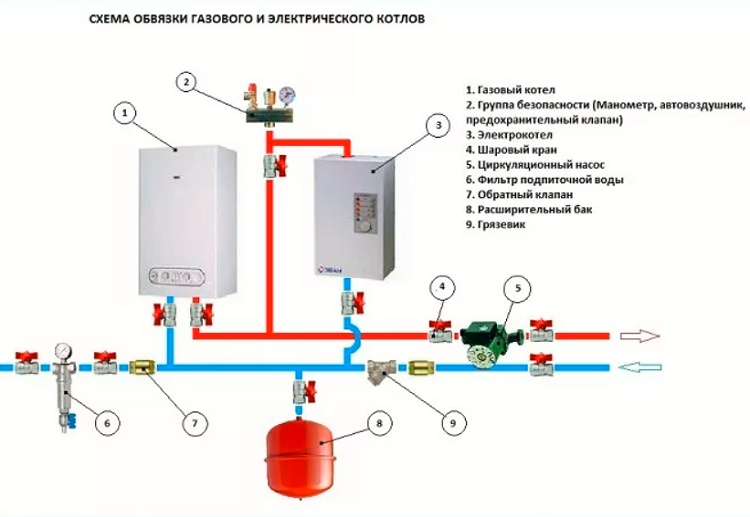

Single-circuit heating system (connection diagram) with climate control and a backup boiler
Peculiarities:
- the gas boiler is connected to a single-circuit heating system;
- an electrode boiler is connected in series as a backup;
- the algorithm of work implies that the gas boiler, which is connected when the electrode boiler is turned off, will be considered the manager.
In this case, both heating devices can or will have sensors for the temperature of the coolant and the temperature in the room. An outdoor temperature sensor can also be connected. Such systems are, strictly speaking, digital, since the on, off and programming functions are implemented using microcircuits. At the same time, they are so simple that even in this case it is more correct to attribute them to analog, since they are not more complicated than analog climate control.
Option 2
Heating system with warm floors and radiators (connection diagram) with climate control
Features of the system with home automation:
- the gas boiler has an analog coolant temperature sensor (there is no external sensor);
- the electrode boiler is implemented as a monoblock with the connection of a coolant temperature sensor and, if desired, sensor control of the room temperature using a thermostat;
- the system is divided into two circuits: a low-temperature one for "warm floors" and a high-temperature one for radiators with a manual regulator of the temperature of the coolant and / or a temperature sensor working in tandem with a pump;
- boilers are regulated and connected manually;
- radiator thermostats are installed in the rooms.
The algorithm for home automation is as follows:
- boilers heat the heating medium to the temperature set by the user using a digital or analog regulator. Usually, the heating of the coolant is controlled by changing the intensity of the boiler combustion when the water moves by gravity or with the help of a circulation pump, changing the speed of pumping water in the system in conjunction with the work with an analog sensor;
- the intensity of space heating can be adjusted in the heating circuit and in each specific radiator, if there is a radiator thermostat.




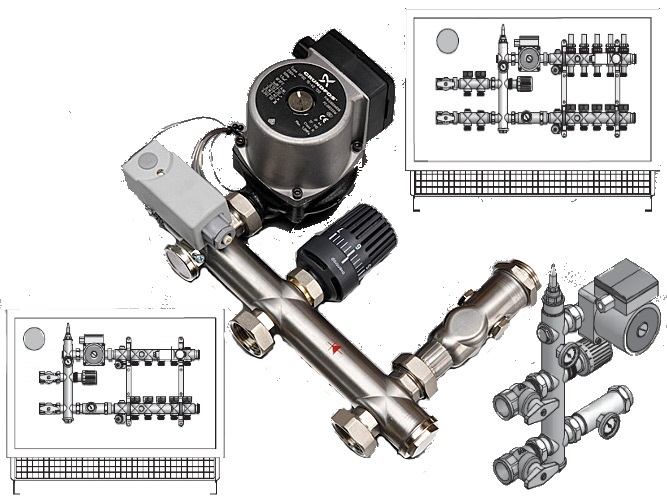



Such systems are considered analog with certain assumptions, even if some of the blocks can be digital and controlled by microcircuits. In addition, boilers from some manufacturers, for example, Baxi Luna, provide for the connection of indoor and outdoor temperature sensors. Plus weekly programming of the heating device will allow automating the switching on and off of the heating system depending on the temperature in the room and outside.
Home Automation and Smart Home: What's the Difference
Strictly speaking, the systems described are fully functional climate control systems. This is the simplest home automation. Such systems are also connected to the "Smart Home". This concept means, in a narrow sense, a home automation complex with a touch panel and Wi-Fi / GSM support, which already implies remote access to devices using a smartphone.




In this case, control can only be carried out by a boiler automation system with wireless communication, which controls heating pumps, depending on the parameters set by the user, without connecting external control devices. This is, so to speak, the minimum configuration of heating automation with climate control and connection to an external Smart Home control unit.
Fully functional “Smart Home” technology implies a certain level of autonomy and autonomy of control functions without user intervention. So it is more correct to call affordable budget solutions as home automation systems with remote control from a smartphone or through an internal local network, remotely resembling a real "Smart Home".
How can you expand the budget "Smart Home"
At the suggestion of Xiaomi and other manufacturers, a touch panel is perceived as the main device of the "Smart Home", which allows you to connect and control home automation devices. This is done using electronic relays that turn appliances on and off with Wi-Fi. In the case of lighting control, dimmers are also used to increase and decrease the current in the luminaire network.
In the presence of a software environment, such systems can work with sensors, lighting relays and weekly programmers. Such functionality can be achieved with the help of an analog switchboard, which is also conditionally referred to as "Smart Home", but, in fact, is an analog-digital lighting control system. With the support of Wi-Fi and a control unit with GSM, such devices can be turned on and off remotely from a smartphone. Economical heating of a private house is automated and provided remote access using the manufacturer's software.


Water supply leakage control systems work in a similar way. They complement the functions of humidity sensors installed in bathroom and kitchen floors. They can work locally, similar to the safety group of a solid fuel boiler. In case of leaks, blocking pipes or doing it on a remote command.
All of these home automation systems can work together or separately. If software capabilities and support are available, Wi-Fi will be controlled remotely from a smartphone. When connecting video cameras, the control units display the image of the cameras on the screen. But advanced video cameras such as Hikvision not only support local automation. They work with motion sensors, but also provide access to video with GSM / Wi-Fi support.
... But, strictly speaking, all the listed mini-complexes are just home automation systems that do not require large investments. These possibilities are available, first of all, for creating an economical heating system for a private house.
"Smart home" allows you to make the management of life support devices virtually autonomous. At the same time, they will meet the requirements of the tenants. Simple automation allows you to achieve a high level of comfort with very economical heating.
Non-home automation of boilers FOCUS
Our company is a manufacturer of new generation solid fuel boilers. They are distinguished not only by the "built-in" possibility of mounting a pellet burner, but also by microprogram control. Boilers FOCUS can be purchased in the power range of models from 25 to 500 kW. Pellet burners FOCUS - from 17 to 900 kW. Buying a set of equipment, you no longer need home automation
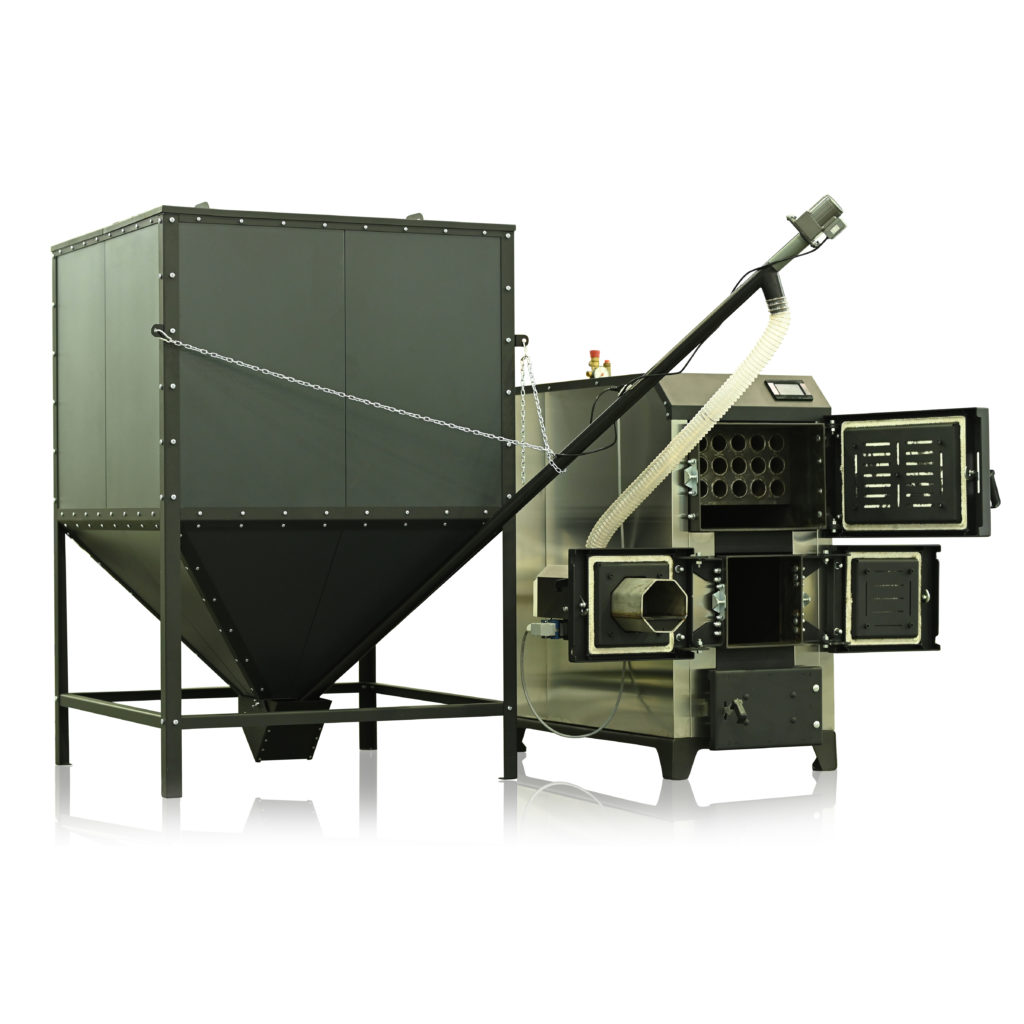

The equipment is equipped with a built-in microprogram control controller Plum ecoMAX 250WZ zPID, which allows you to fully automate heating. And realize comfortable heating with climate control at home, in the office or at work. At the same time, using cheap solid fuel technology. We consider the principles of connecting and automating the operation of solid fuel boilers in a separate article. At the same time, we can say that the proposed technology not only provides comfortable and economical heating. With its help, it is possible to achieve complete autonomy for heating housing in the spirit of the ideas of a fully functional "Smart Home". At the same time, provide economical heating of a private house.
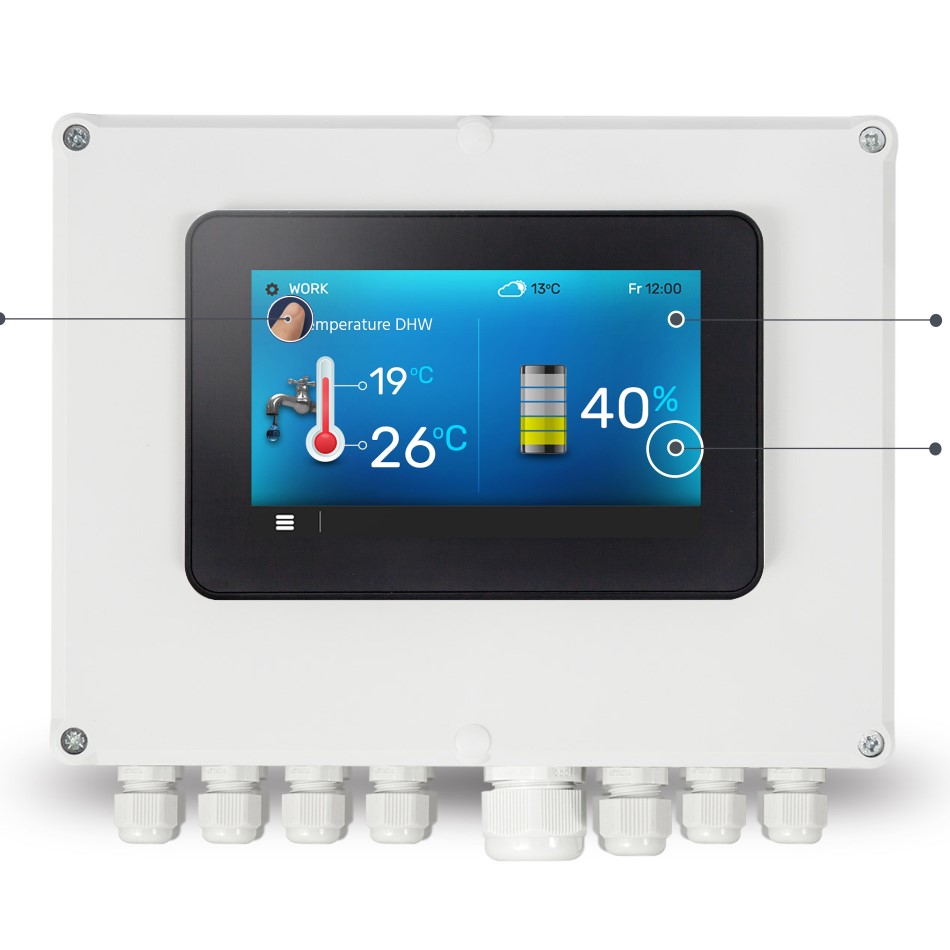

First of all, the proposed schematic diagram of heating systems develops the ideas of automation of heating circuits. Moreover, working on the basis of solid fuel boilers. Home automation in this case implements the so-called low-level tasks.

